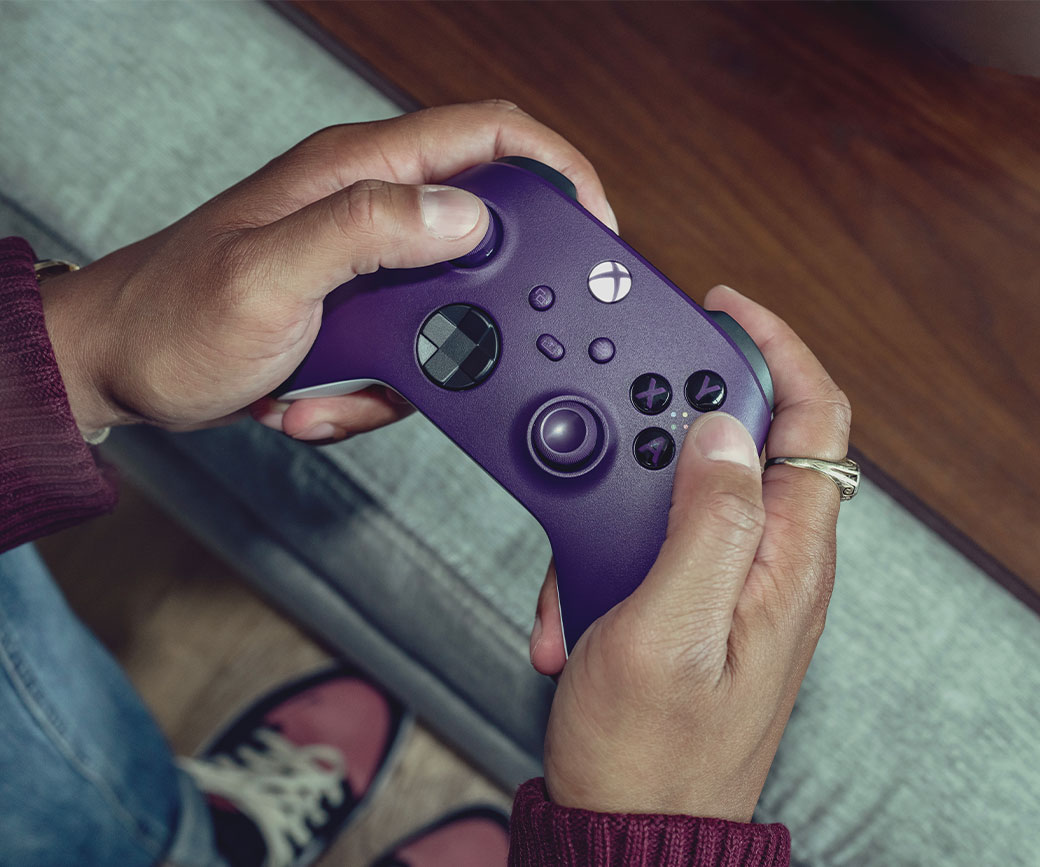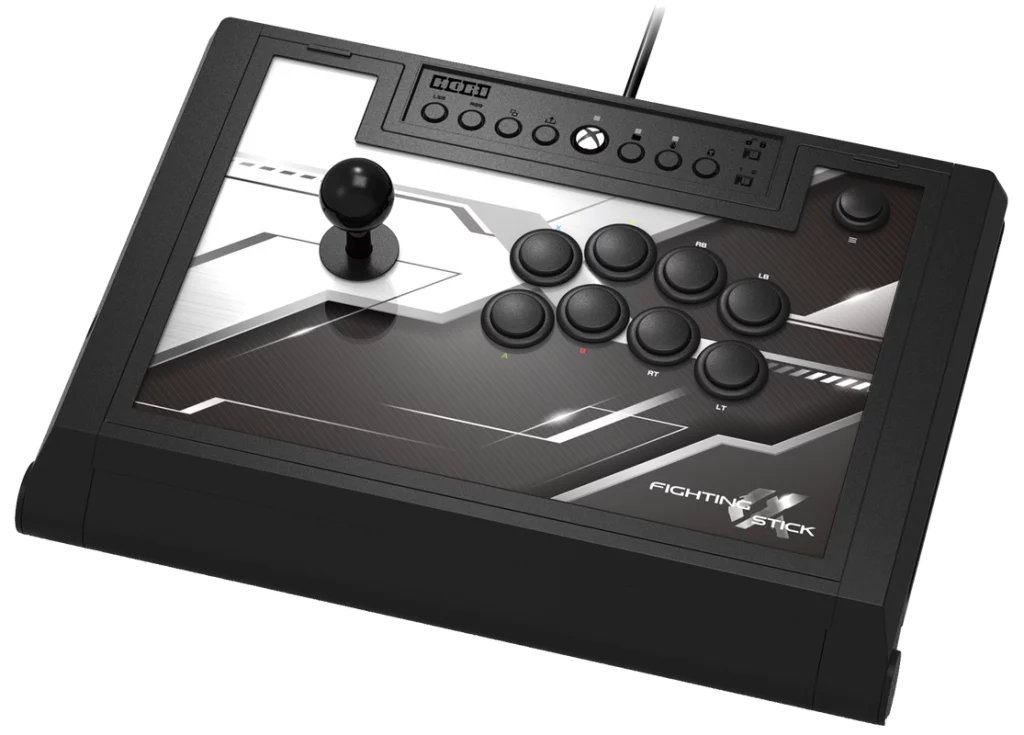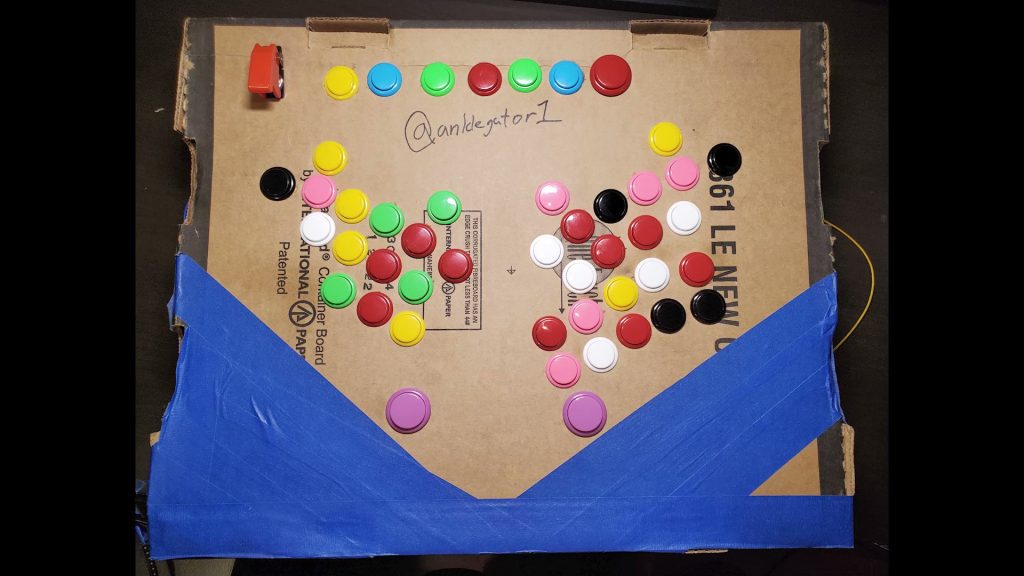Regardless of region, game, character or play style, one thing binds all fighting game players together. A controller. Players need to use a controller of some kind in order to interface with the game and play. There are all sorts of controllers out there in many shapes and configurations and players continue to push the limits on how much customization you can put into a single controller. It’s truly a beautiful thing.
The rabbit hole of custom fighting game controllers goes incredibly deep, but this series of articles should cover the basics of what you would need to make your own. It will be primarily focused on custom arcade sticks and all-button controllers as pads tend not to have all that many customization options outside of purely cosmetic changes such as case colors. In subsequent articles, the specific components will be discussed in greater detail.
Featured Image Credit: ChaseVO
On This Page:
Categorization
Before talking about controllers specifics, I need to first categorize controllers. Generally speaking, controllers can be broken down into a few categories.
- Pads
- Arcade Sticks
- All-button Controllers
Pads
These are the controllers that people typically think of when it comes to a video game controller. Where you hold it with 2 hands, have 2 analog joysticks, a directional pad (DPad), buttons on the face, shoulder buttons, and triggers. Many pads come in a box with a console or can be purchased separately, but of course, there are a plethora of 3rd party controllers available. Some examples of pads are the Xbox Wireless Controller, Dualshock 4, and Dualsense.

Xbox Wireless Controller
There is a sub-category called “Fightpads” which are pads that are more designed with fighting games in mind. These opt to have more buttons on the face arranged in a 2×3 cluster on the right hand rather than shoulder buttons and triggers.

Razer Raion Fightpad for PS4
Arcade Sticks
Arcade sticks seek to emulate the controller setups that are used in the arcades with a joystick for directions on the left and a number of larger push-buttons assigned to actions on the right-hand side. The number of action buttons have steadily increased over the many decades that this style of controller has had to develop, initially only having 4 buttons with the NEO GEO controller or 6 buttons for the MAS arcade stick to the common 8 button layouts of the modern day. Though this number had increased even further to 11 with the advent of Street Fighter 6 making access to in-game macros a stronger consideration for optimal play.
For a more in-depth look at the history of arcade sticks, check out A History of Arcade Sticks (Feat. Markman) from Hold Back to Block.
All-button Controllers
All-button controllers are the most recent development of fighting game controllers and exactly what they say on the tin. They are controllers that have all inputs mapped to buttons. In the past decade, they’ve accumulated a number of names and labels for both the general category as well as specific subcategories of layouts and styles.
Generic Names
- All-button Controller
- Leverless
- Button Box
- Stickless

Victrix Pro FS 12
Layout/Style Specific Names
- WASD-style: The directional keys are laid out similarly to the WASD keys common to other computer games or the Arrow Keys
- Rectangle: A Smash specific controller with more buttons than are typically on an all-button controller. This is generally necessary to translate the inherently analog control scheme of the Super Smash Bros. series and other platform fighters to a digital all-button layout.
Proprietary Eponyms
These controller names come from the fact that they were either the first or the most prominent controllers in their respective layouts
- Hit Box: First commercially available all-button controller and is a trademark of Hit Box Arcade
- Mixbox: Commercially available WASD-style controller and is a trademark of Mixbox Arcade
- B0XX: Commercially available Smash all-button controller and is a trademark of 20XX
Within the category of all-button controllers, there are generally 2 sub-categories based on the form factor. All-buttons originated as modifications of the the standard arcade stick case, replacing the joystick with additional buttons for directional inputs. These tend to be much thicker cases to account for the necessary internal depth for traditional arcade buttons.
More common nowadays are the low profile all-button controllers. This form factor eschews the traditional arcade buttons in favor of bare keyboard switches and key caps without the structure of the button case. It allows these controllers to be incredibly low profile, often thinner than 25mm (1 inch) which is simply not possible for the all-button controllers with traditional arcade buttons.
All-button controllers come with many different configurations and layouts. The number of easily accessible buttons can range from 12 for more modern games (4 direction buttons and 8 action buttons) to as many as you can fit on the face of the controller. Anklegator made what is probably the most infamous all-button controller, made from a strawberry box and features a whopping 39 buttons split between 26 directions and 13 action buttons with duplicates.
Controller Components
Necessary Components
Custom fighting game controllers have practically an infinite number of possible configurations and layouts, but they all share a small set of components. The most basic list of components that you will need for a custom controller are these.
- Control Board: This is the brains of the controller that converts your inputs into PC/console readable data.
- USB Cable: This is how you connect your controller to the PC or console.
- Directional Input Device: This is how you move your character and can come in the form of a joystick or buttons.
- Action/Auxiliary Buttons: These buttons are for every other input that your controller can send, which includes non-game play inputs such Start/Options and Select/Share.
- Wires: How all of the other components connect to the control board.
- Case: A container to contain all of your components.
Optional Components
These components are not strictly necessary, but are often very useful for either tournament, functional, or ease of use reason.
- Tournament Lockout Switch: These prevent the accidental activation of common menu buttons (e.g. pausing) but electrically isolating them unless the switch is flipped
- LS/DP/RS Toggle: This allows players to switch the movement inputs from using the DPad (default for most controllers) to either the Left or Right Analog Sticks
- USB Passthrough Port: An external USB port that connects internally to the control board. This allows you to use a detachable cable and makes plugging in a controller much simpler.
- Console Converter: An adapter that will allow you to use the controller on different, unsupported platforms.
Other articles in this series
Because the individual components have their own nuances and peculiarities, I will be making an article for each of the necessary components as well as an overview on the common optional additions.
- Control Board: Coming Soon
- USB Cable: Coming Soon
- Directional Input Device: Coming Soon
- Buttons: Coming Soon
- Cases: Coming Soon
- Electrical Wiring: Coming Soon






